Common varieties of purple willow and its cultivation

The purple willow (in Latin Salix purpurea) is an ornamental woody plant of the willow family. Under natural conditions, it grows in North Africa and the temperate zones of Eurasia. It is commonly used in landscaping, as part of a composition or as a hedge.
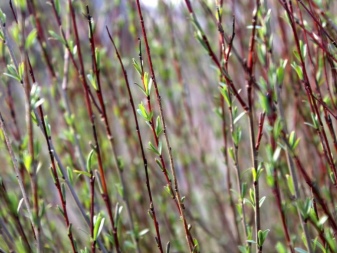

Description
The purple willow is a graceful, low shrub that grows up to 1.5 m. It is distinguished by graceful thin branches hanging almost to the ground. The crown is lush, the leaves are blue-green, oppositely located. The length of the leaf plate is 3-13 cm. The bark is yellow, has a pronounced bluish tint. Stipules are linear-lanceolate, grow up to 1.7 cm, fall off early. During flowering, cylindrical dense-flowered catkins are formed. In its natural environment, it occurs mainly in wet meadows, along the coastline of lakes and rivers. It easily tolerates both prolonged rains and short droughts.
The average lifespan of a willow bush is 30 years.
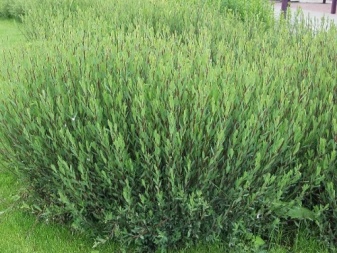
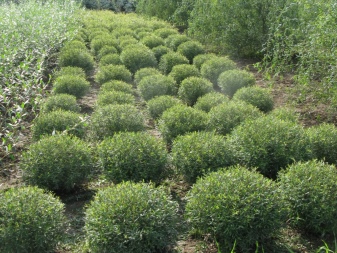
Popular varieties
The most widespread are varieties.
"Nana"
A low-growing spherical shrub with a height of 1-1.5 m, a diameter of up to 2 m. The plant has a powerful root system, due to which the variety is often grown along the line of cliffs and on the banks of reservoirs to strengthen the ground cover. The shoots are thin, have a reddish-brown tint. Flowering usually begins in early spring and lasts until the first leaves appear.
A distinctive feature of this shrub is light-requiring and frost resistance. The plant easily tolerates drought and tends to quickly recover after molding. Willow is often grown in flooded areas as part of shrub groups. "Nana" has become widespread in garden design - flower growers plant it to form hedges and decorative forms.
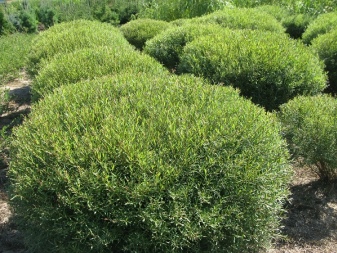
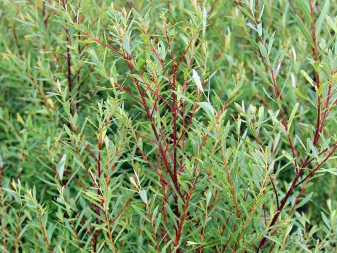
"Pendula"
Weeping shrub with bluish-green leaves. The plant tolerates frost well and can withstand prolonged flooding. In the landscape, it is used to create decorative forms, and is planted to strengthen coastlines.
Both the one and the other species are distinguished by their unpretentiousness. However, when grown in the shade, the crown often loses its decorative effect and becomes unattractive.
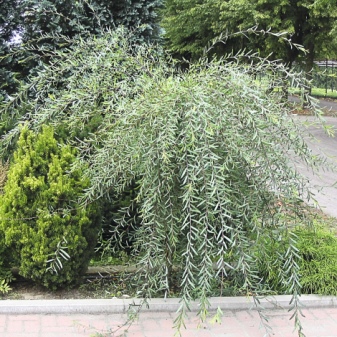
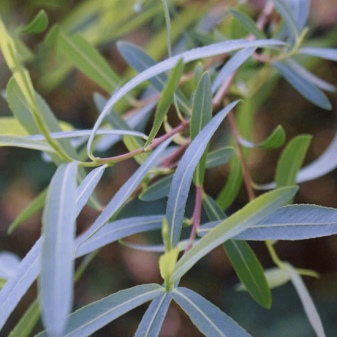
Among other popular varieties are distinguished.
- "Gracilis" - dwarf willow, growing up to 1 m. Shoots are thin, elongated, leaf plates are small. The crown has a delicate emerald color.
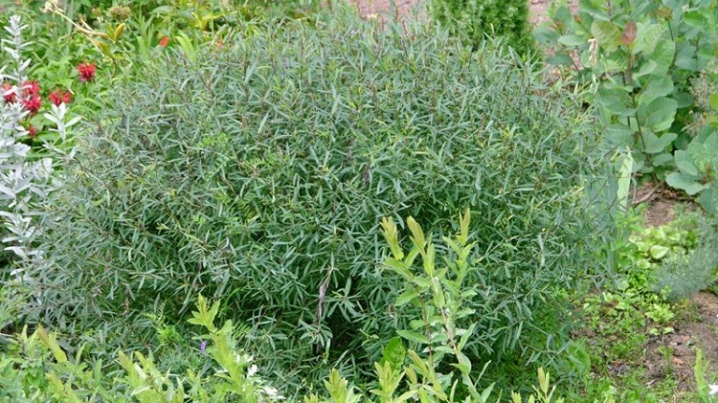
- "Lighthouse" - this bush is distinguished by its unusual shoots. They are erect, directed upwards - apparently, that is why the variety was named after the lighthouse. Leaves are thin, bright green.
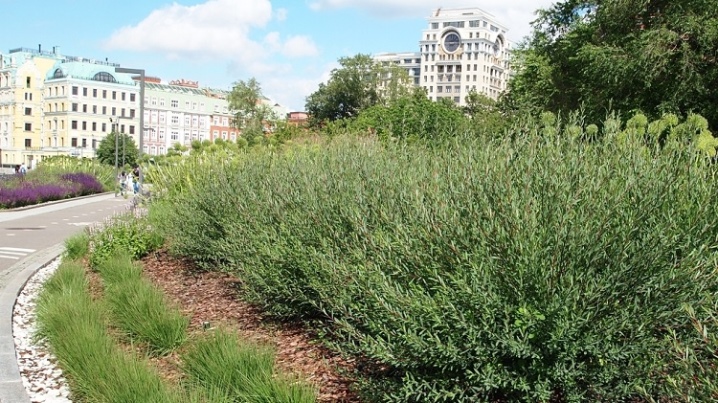
- "Uzni" - an ornamental plant with thin flexible purple branches. It has a pointed, elongated shape.
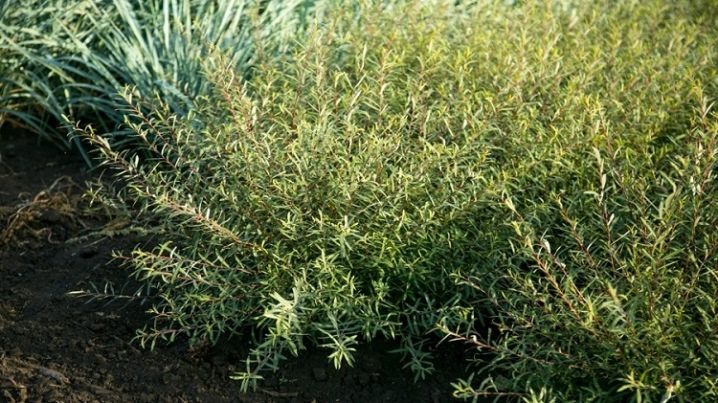
Landing
Purple willow can be planted throughout the growing season, but it is advisable to do this work in the springtime. First, you should select a site - it should be illuminated, although a slight partial shade is allowed. In darkening, willow does not grow even in natural conditions. Having picked up a place for planting willow, you can proceed to the preparation of the substrate. If you plan to use the plant as single plantings, then plowing the land is not necessary. When forming a hedge, you need to dig a strip 1.5 m wide.
For each bush, planting holes are prepared with a depth of 45-50 cm and a diameter of about 50 cm. If the plant is planted with a closed root system, then the size of the pit should correspond to the size of the earthen coma. A drainage layer is laid at the bottom of the planting hole - it can be pebbles, crushed stone or broken brick. On top of it, you need to fill it with a soil mixture of peat and compost with the addition of river sand, in addition, any nitrogen-containing fertilizer should be added. The earth is compacted in such a way that a small pit remains for moisture. After planting, 2 buckets of water are poured under a young bush.
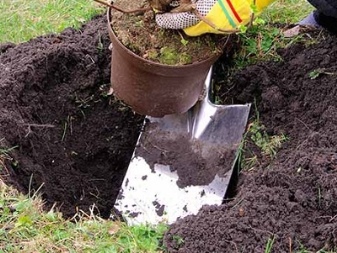

Care
Purple willow grows quite quickly, so it needs proper care throughout the season. Plants should be most actively taken care of in the first few weeks after subsidence. Any willow needs regular watering, top dressing, formative and sanitary pruning, as well as preparation for winter frosts.
- Light... The shrub prefers bright, but diffused light. The best place for him will be a section under the sun, illuminated for 6-9 hours a day. In partial shade, it grows well, but its crown will not be so bright and not so lush. When planted in the shade, young shoots will begin to reach for the sun and this will give the plant a sloppy look.
- Priming... Purple willow prefers soils with neutral pH, but it can grow in alkaline environments. If the substrate is dominated by heavy clay components, a large layer of stone and sand drainage will be required. The culture does not like high-lying groundwater - this can lead to decay of the roots. Every 10-14 days, it is necessary to loosen the soil by 8-15 cm, this will facilitate the access of oxygen to the roots, and thereby accelerate the development of the culture.
- Watering... Willow, especially young willow, needs regular watering. At least once a week, 30-50 liters should be poured under the bush. Irrigation is carried out before sunrise or immediately after sunset, while moistening not only the ground, but also the green parts. After watering, the soil around each seedling must be loosened.
- Fertilizers... The plant requires 2-3 feeding per year. It is best to use complex mineral fertilizers for this. Young bushes especially need nitrogen - nitroammophoska is suitable for them, this fertilizer stimulates the growth of a lush crown, gives the leaf blades a rich color. In early spring, plants should be treated with copper sulfate or Bordeaux liquid, to prevent fungal infections and insect pests. At the end of August, potassium sulfate and superphosphate give a good effect.
- Pruning... Purple willow can be cut in the second year. The bushes are formed in early spring, and then immediately after flowering. Willow easily tolerates pruning and recovers very quickly.
The tree is resistant to frost, but young seedlings should be covered for the winter in the first year after planting in open ground.
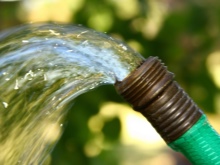

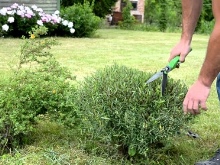
Reproduction methods
The most common way to propagate willow is by cuttings. Of course, willow can be propagated by seeds, but they have a small percentage of germination, and the viability of seedlings is only 5-7 days. Cuttings are usually cooked in the spring, before the young leaves appear, when the sap flow has not yet gained strength. It is advisable to use a plant over two years old. With a sharp knife, workpieces about 20 cm long are cut from the shoots, while there should be at least 5-6 buds on the handle. The lower cut is made at an angle of 45 degrees, the upper cut is made straight. Cuttings are planted in a greenhouse or germinated at home. The easiest way is to put them in a jar of water until roots grow.
Many gardeners prefer to plant their workpieces in a container filled with wet river sand. - they are buried in such a way that no more than two buds remain on the surface. This method is also used for autumn cuttings.The sand should be watered regularly to keep it moist at all times. It is possible to plant plants in open ground only after the root system gets stronger. It is best to keep the cuttings in spacious containers filled with a special seedling substrate. Such substrates contain the entire range of nutrients necessary for the full growth and development of a culture. After some time, the seedlings grow healthy and ready for growing in open areas.

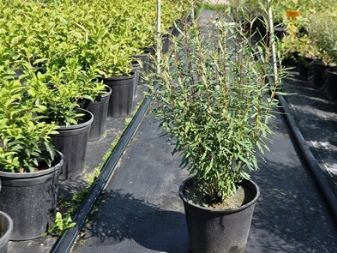
Diseases and pests
The purple willow is characterized by resistance to disease. However, some ailments are still capable of infecting shrubs - it is powdery mildew, rust and scab. With powdery mildew, a white fluffy bloom appears on the leaf plates. In the early stages of the disease, treatment with copper sulfate gives a good effect; with a large scale of damage, fungicidal compositions will be required. Scab leads to blackening of the leaves and their death. Damaged areas must be cut out, and the remaining shoots must be treated with a solution of fungicides.
Rust often affects the leaves - you can identify it by the appearance of reddish-brown spots on the leaves. All affected parts must be cut off and burned. Among insects, the main enemy of the willow is the silkworm, leaf beetle and willow lupus. Their larvae eat the leaves, and insecticides are used to combat these insects. Leaf beetles for the winter burrow into the ground near the bush, therefore, near the willow, you need to periodically make burns from fallen leaves and straw. Silkworm moths lay eggs on leaf plates, their larvae are able to quickly destroy all fresh growth.
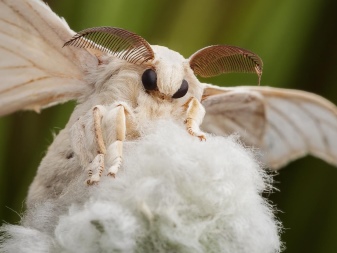
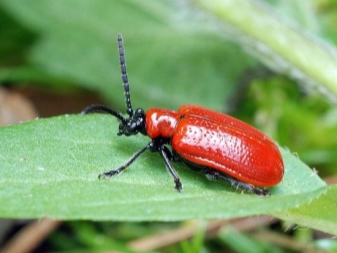
Use in landscape design
- Purple willow is often used in its natural form, when the main emphasis is on the decorative effect of the crown. Low-growing plants are planted next to it, which do not create shading on the site. The plant looks stylish surrounded by flowers and conifers. A plant on a trunk can also be planted on a flat lawn.

- From purple willow you can form crowns the most bizarre shapes, non-standard geometric silhouettes and images.


- Purple willow is often planted to create protective hedges, in this case, the plants are planted at a distance of 30-40 cm. In order for the shoots of individual bushes to initially grow together, a wire or rope is used at the initial stage of cultivation.
After the accretion of young shoots, the crown of such shrubs turns out to be dense, so it can be quite difficult to overcome such a barrier.
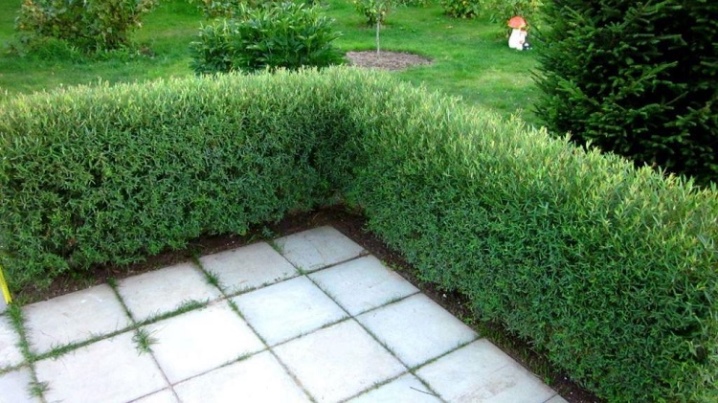
For information on how to properly trim the purple willow "Nana", see the next video.



































































The comment was sent successfully.